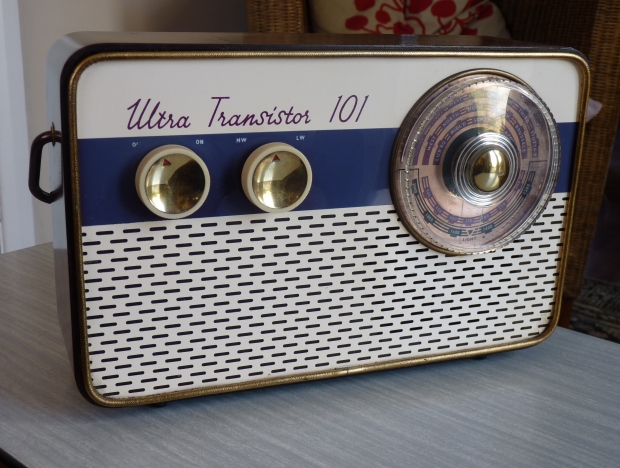Deji Akinwande and his team at the University of Texas at Austin have built the first silicene transistors which performed in line with the theory and the technology could soon be seen under the bonnet of a computer.
Computer chips made with Silicene would be dramatically faster, smaller, and more efficient because silicene's structure allows electrons to traverse the circuit without encountering as many objects.
Akinwande said that the big achievement here is the efficient low-temperature manufacturing and fabrication of silicene devices for the first time.
Silicene's thickness of just a single layer of silicon atoms gives it its extraordinary properties, nut it also makes it difficult to produce and, unlike graphene, it's unstable when exposed to air.
The researchers developed a method for fabricating the silicene that sandwiches it between a thin layer of silver and a nanometer-thick layer of alumina (aluminum oxide, naturally found in certain rocks and precious gems).
With the protective layers in place, they could transfer it safely to a silicon dioxide wafer with the silver side up. Some of the silver was then gently scraped off to leave two electrical contacts and a strip of silicene between them – a transistor.
The method may not work in commercial practice and Akinwande might have to come up with something different if he wants to interest Intel.

